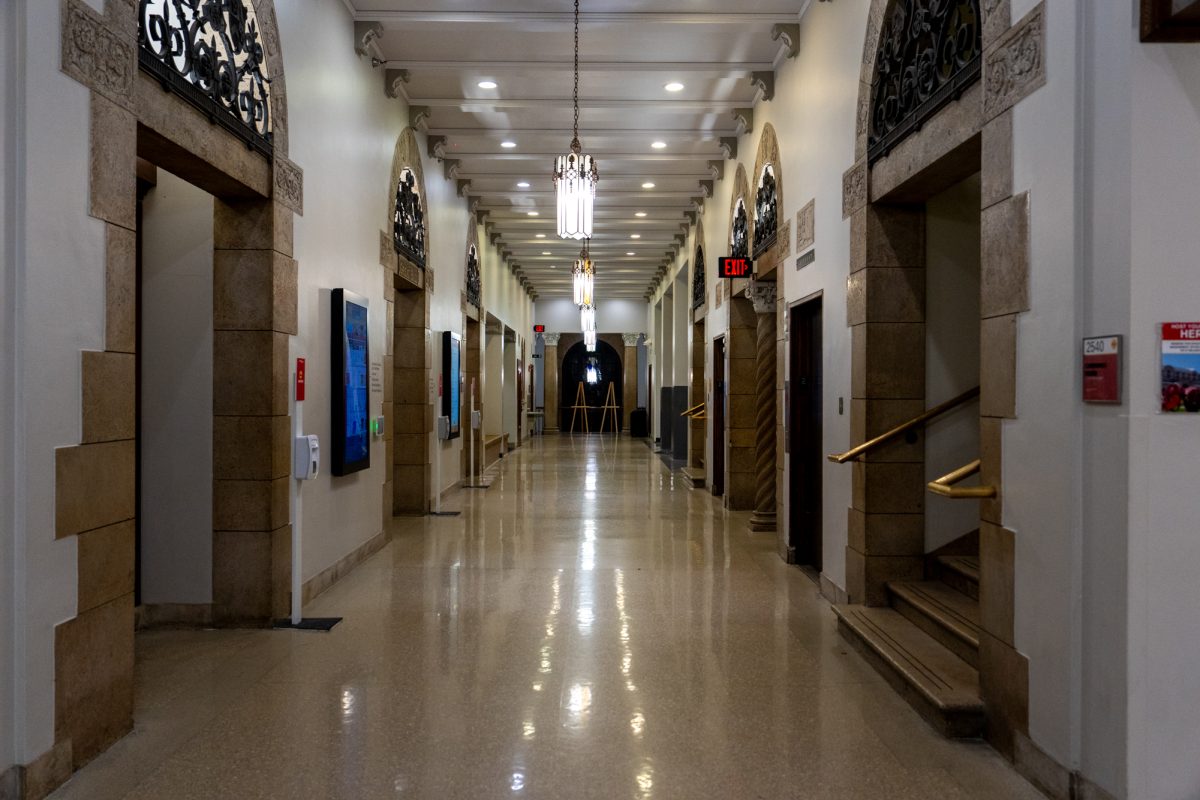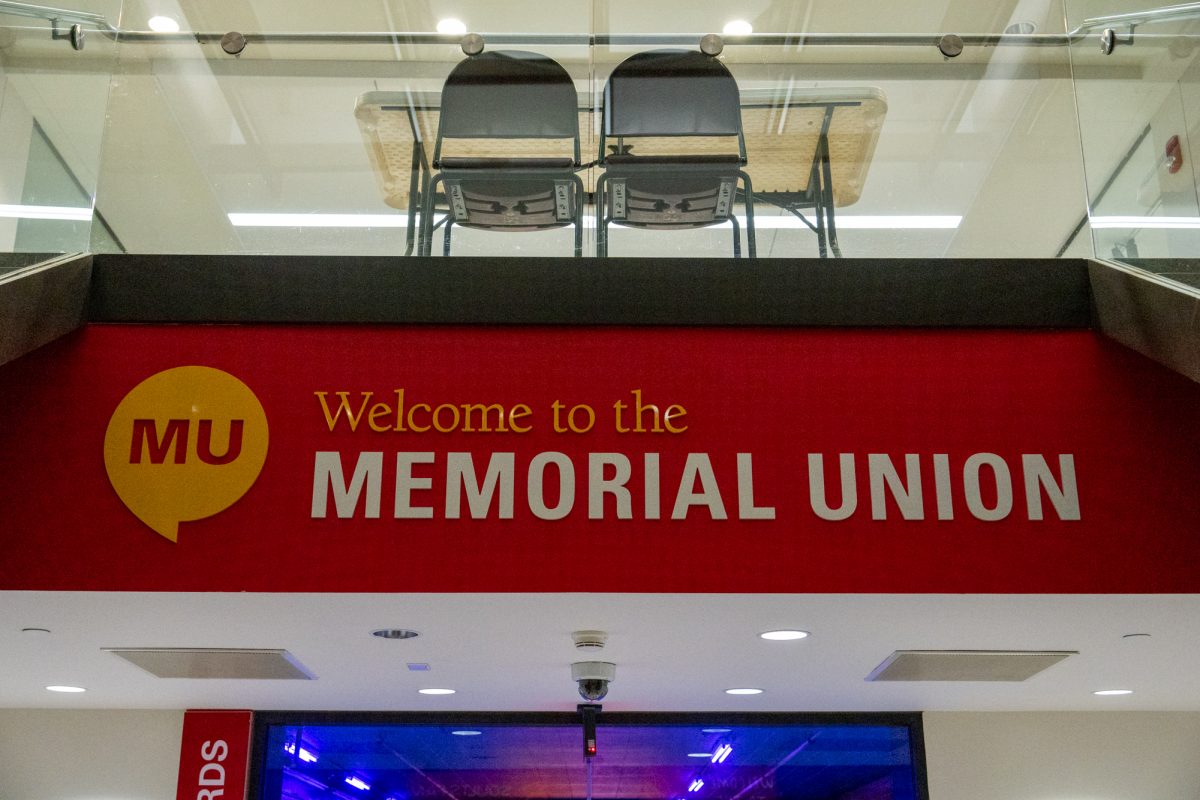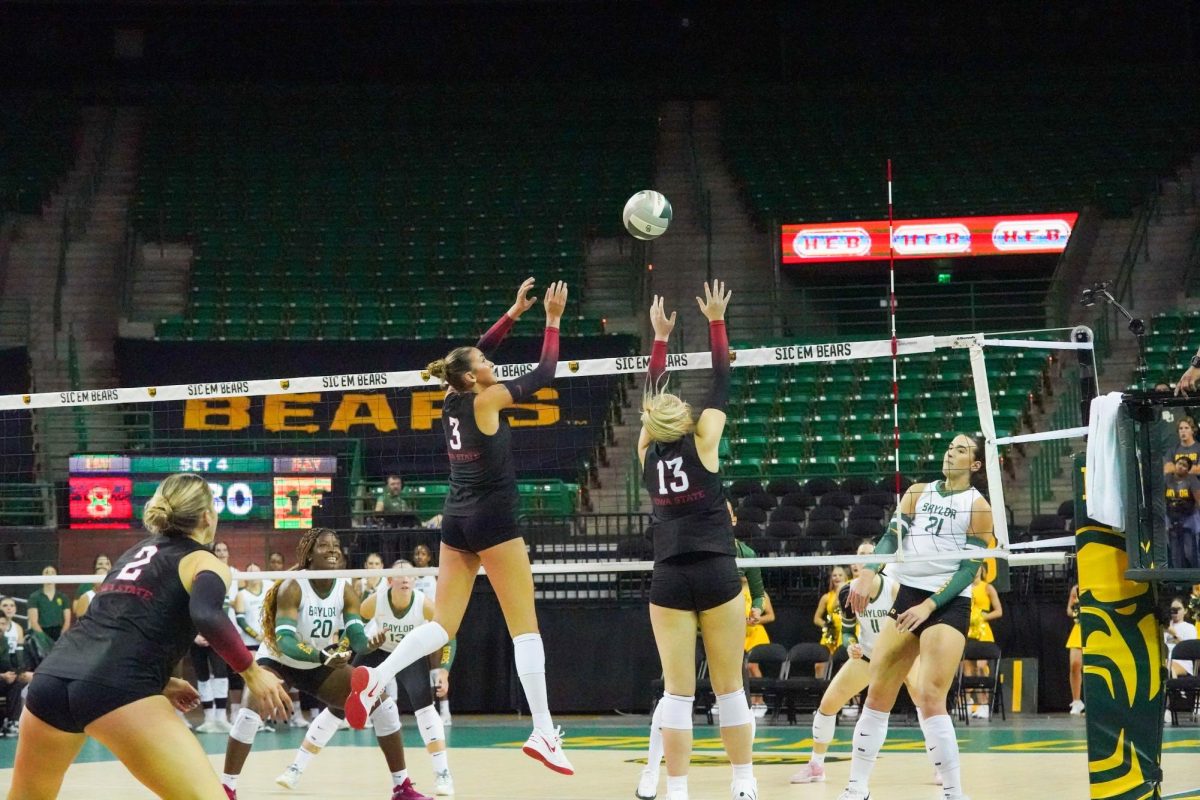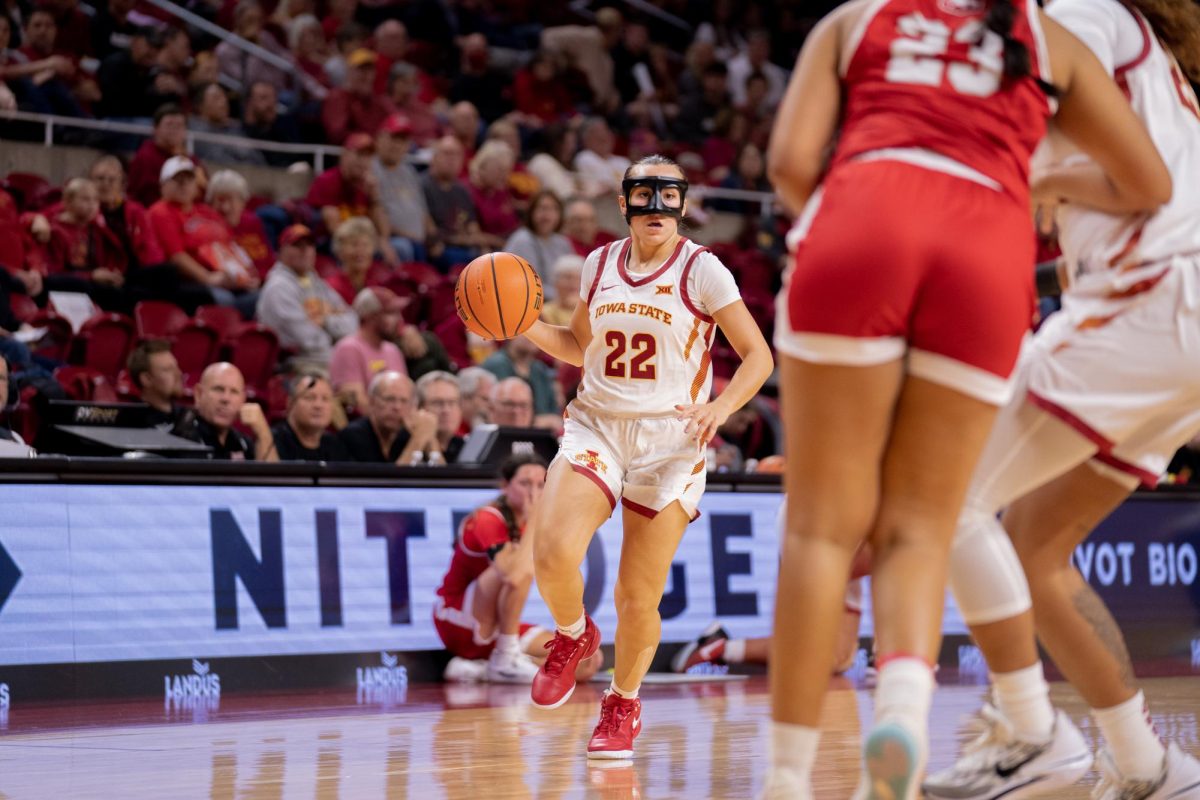Has music died for ISU dance?
August 27, 1996
Getting rid of a dance accompanist position in a time of education cutbacks may not seem threatening to a university, but it has some Iowa State dance professors and students worried.
The health and human performance department was told to revert funding back to the department. As a result, the positions of dance accompanist and adjunct coaching positions were terminated, said Janice Baker, assistant professor of dance in the health and human performance department.
When Baker came to the university 15 years ago, there was a dance coordinator, recreational forms dance instructor and a dance accompanist.
“There were five dance positions, but now there are only two and we still do what we did then,” Baker said.
She said it is discouraging to see the dance program be built up just to see it fall.
“We have tightened and tightened our belt and it’s no longer excess baggage we’re cutting into, we’re cutting into the core of our program,” Baker said.
With 20 dance classes offered and two instructors, the dance accompanist is very important to the program. Baker said they can not have quality dance education at the academic level without live accompaniment.
“We’re finding ways to be resourceful, but it’s like saying ‘do your research, but I’ll take your computer. The dance accompanist is like your right hand, your computer, your phone,” Baker said.
Vernon Windsor, the dance accompanist whose job was terminated, did more than what was in his job description. He touched many students with his work in and outside of the classroom, said Laurie Sanda, assistant professor in dance.
“I don’t think the university realized what a talent they were getting for a bargain,” she said.
Matt Wiedemeier, a continuing freshman in industrial engineering, said he thought the decision to get rid of the position was a poor one.
Wiedemeier took a modern dance class in which Windsor accompanied and said Windsor made the class a great deal of fun.
“The dance class was something to relax in, to get your mind off of stress. That’s basically why I took it, but I learned a lot and it was more like an interactive, fun learning. It wasn’t like sitting there listening to a lecture,” Wiedemeier said.
Dean Anderson, chair of health and human performance, said the annual position of dance accompanist was not renewed because the money needed to be appropriated to other places, although he did not know where in the College of Education the money was going.
“The feeling was that priorities of what position and where we spend money needed to be examined and that was one of them,” he said.
Anderson said that it is important to understand that by eliminating funding for the position they did not have to eliminate any course instruction.
“We view that as beneficial, to still be able to offer all of the dance courses,” he said.
Anderson said they have increased demands for the funds that they have.
“It’s important to look at how many students were actually involved with this position. There were probably around 65 to 70 students involved last spring where the dance accompanist was used and there were around 150 students in dance classes. But we are providing essentially the same course services as we did with the position,” Anderson said.
A dance major is not offered at ISU and the program is relatively small in a science and technology school, making it even more difficult to get funding.
Even though there is a dance minor and a new performing arts major with a dance emphasis, another problem the program faces is that the courses and clubs are filled with students from all over the university, Baker said.
While it creates a diverse program and offers services to the university at large, the program rests on the shoulders of the health and human performance department in the College of Education.
Baker said, “Our position is good for education because we are in the health and human performance department, but because we service the university at large, through Orchesis and dance classes, it is hard for those who pay for us.”
Sanda said that the reversions and cutbacks are causing tension across the university.
“Everyone at the university is forced to be extremely territorial and defensive and so people are protecting only the areas that are seen as crucial to their little piece of their academic pie, instead of what’s good for the university,” Sanda said.
Baker said they will continue to work hard because they are dedicated to the university and the students, “but it’s tough.”
Sanda also spoke of priorities in the university. There are reversions in other colleges and departments, but not at the rate or in the same amounts, she said.
“The university has identified certain programs that it wants to build up and if your program is not on the A-list, you’re in trouble,” Sanda said.
In the past 11 years, there have been constant cuts from higher education, she said.
“We spend less per capita on the arts in the state than almost any other state in the union, but we pride ourselves on the quality of education in Iowa. But the effect of the last 12 years has started showing in performance, and in student retention and enrollment,” Sanda said.
In relation to retention, a characteristic which has been attractive to all students is the broad spectrum of activities available at the university, including dance.
“Experience for personal growth is offered through the arts and I’m not sure that’s fully understood by the university and the state,” Sanda said.
The university and the state talk about diversity and how to maintain it, Sanda said, and the arts is one of those areas that has been traditionally open to different cultures, different ideas, different ways of looking at the world or diversity.
“The arts are where so much of that has been promoted for decades. It’s not a new issue here,” she said.
Dance and the arts also help in retention because the student/faculty ratio is smaller and there is more one-on-one interaction involved, she said.
“But the university looks at the student/faculty ratio and sees that it is not efficient. They see it as a waste of money and that we need to get them in the lecture halls of 300. I guess that’s one way to look at education,” she said.
Ellen Chadima, chair of the dance department at University of Iowa, said while her department is not experiencing some of the cutbacks that others are, she feels that the arts are not a priority at the university.
“Our department is not being cut back, but the regents are trying to cut back wherever they can,” Chadima said.
With nine dance faculty and a major and minor to offer, the larger department at Iowa is experiencing fewer pressures than the program at ISU, but funding is still hard to get for any arts department.
“We actually just had to close our classes to only majors because we don’t have enough funding for more teachers or graduate assistants,” Chadima said.
“It does seem to us that the arts are not a priority at the university, but we are not being cut back because we are thriving, because of the enrollment and because our students are good,” she said.






